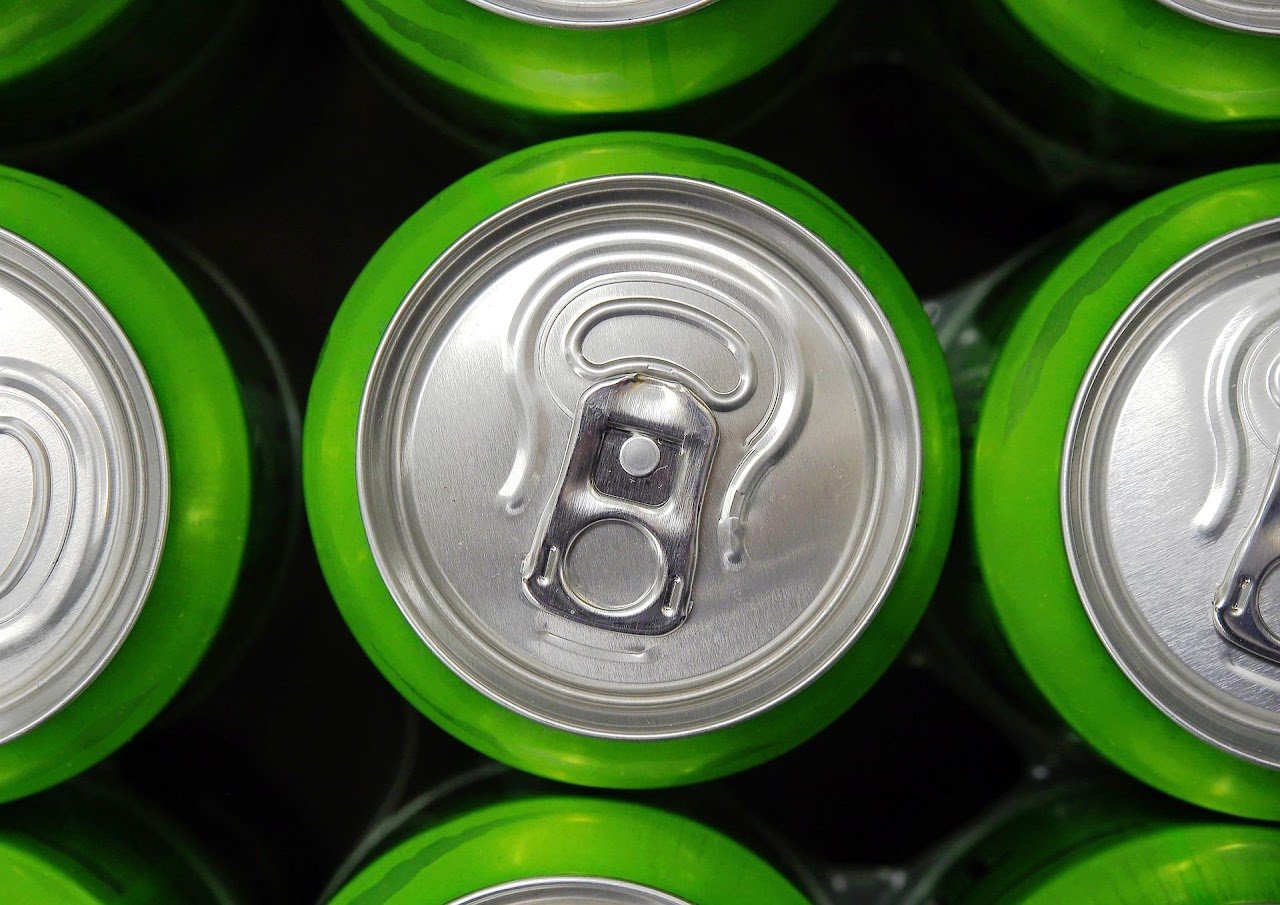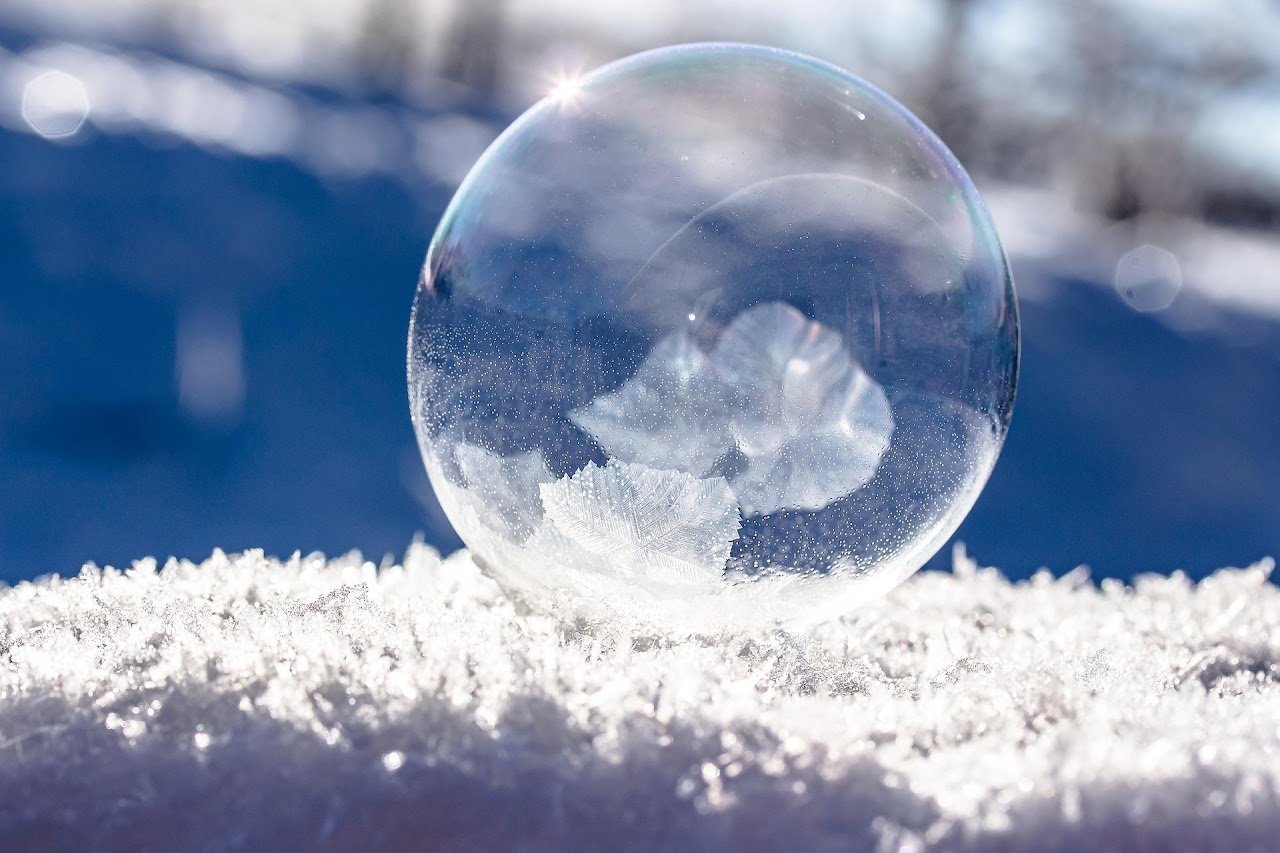Changes in Molecule Motion Mini Unit Resources
Changes in Molecule Motion Mini Unit for NGSS MS-PS1-4
In the Changes in Molecule Motion mini unit, students observe food dye in hot and cold water, plan and carry out an investigation with ice and create a graph to analyze their data. Then, they summarize their learning with an original cartoon of a pure substance facing increased heat energy! Extension activities challenge students to plan and carry out an investigation about the sublimation of carbon dioxide. Students love to experiment with dry ice!
Anchor Phenomenon Ideas: Blow up a balloon, tie it off and measure its circumference with your class. Then, place the balloon in a freezer overnight. Measure its circumference again immediately after removing the balloon from the freezer and challenge your students to draw a model of what is occurring at the molecular level. Then, return to these drawings throughout your unit for students to add explanations and details.
Tips and Tricks: Review and use the vocabulary words temperature, heat and kinetic energy frequently with students. Remind kids that cold is simply the absence of heat. A freezer doesn't "add cold" to matter, it removes heat from the matter. The PhET simulation Energy Forms and Changes can hep students understand heat energy transfer.
A common misconception kids have is that as molecules heat up, the molecules themselves increase in size. This is incorrect! The space between molecules increases but the molecules themselves do not plump up. The PhET simulation States of Matter is an excellent tool to help kids visualize phase changes at the molecular level.
Extension Activity: Students love to experiment with dry ice! Encourage them to plan an investigation and collect data. Then, save some dry ice for one of these fun activities. Many larger grocery stores have dry ice and are wiling to donate a chunk for classroom use.
Make it Relevant: Ask kids if they've ever had a can of pop explode in the freezer or a very cold car - what a mess! Why does ice float and why is water weird? Use this Minnesota Conservation Volunteer article The Wonder of Water article to help students make connections.

